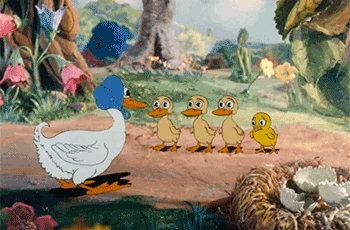
NOTES ON FILM & RESTORATION
05/10/2021The cinema is a human gesture. Plenty of windy and pretentious language has been spewed about how much seeing films from cultures other than our own expands our horizons too. This is true enough, but only really meaningful when the film in question is an artistic creation as opposed to an officially sanctioned cultural sampler. Not a film that is intended to represent the culture in question, but a film brought into being by someone who could not rest until they had given cinematic form to what they saw and felt. Of course it ends up embodying the world from which that artist sprang, among many other things.
Martin Scorsese has often spoken of the shock he felt when he saw Satyajit Ray’s Pather Panchali for the first time, because it was about the lives of the people who were always in the background of Hollywood and British films. But it was also a shock of recognition of a different kind: here was a film made by a young first-time filmmaker emerging as a full-blown artist. For Scorsese, who watched the entire Apu Trilogy straight through, the revelation began with that remarkable close-up of Apu’s eye opening wide when his sister comes to wake him up, and the cut to a closer shot spurred by the burst of music. For my own part, I will never forget the experience of seeing Jalsaghar (The Music Room) for the first time when a package of Ray’s films, going through a first round of restoration presented by Merchant/Ivory and partly funded by The Film Foundation, played on the arthouse circuit in the 90s. That film is a musical experience, but it also takes us deep into the strangeness of cultural connoisseurship, of a central figure who lavishes every last cent on beauty (and the status of presenting it), which he cultivates to the point where it becomes a spiritual malady.
This is the centenary of Ray’s birth. And at this very moment, the country of his birthplace is on its knees. To read the stories about what is happening in India, to see the images, to comprehend the statistics, is heartbreaking, humbling, and perplexing: what do we do with the great distance between us?
To watch any film is a small thing, meaningless in and of itself. But when we watch one by a great artist like Ray, we might just find ourselves passing, at odd intervals and small moments, through all the layers of reproduction and form and presentation necessary to the art of cinema, and feeling the human presence on the other side of time and the world.
- Kent Jones
Follow us on Instagram, and Twitter!
PATHER PANCHALI (1955, d. Satyajit Ray)
Restored by the Satyajit Ray Preservation Project through a collaboration of the Academy Film Archive, the Merchant-Ivory Foundation and the Film Foundation. Funding provided by the Hollywood Foreign Press Association.
APARAJITO (1956, d. Satyajit Ray)
Restored by the Satyajit Ray Preservation Project through a collaboration of the Academy Film Archive, the Merchant-Ivory Foundation and the Film Foundation. Funding provided by the Hollywood Foreign Press Association.
APUR SANSAR (1959, d. Satyajit Ray)
Restored by the Satyajit Ray Preservation Project through a collaboration of the Academy Film Archive, the Merchant-Ivory Foundation and the Film Foundation. Funding provided by the Hollywood Foreign Press Association.
JALSAGHAR (1958, d. Satyajit Ray)
Restored by the Satyajit Ray Preservation Project through a collaboration of the Academy Film Archive, the Merchant-Ivory Foundation and the Film Foundation. Funding provided by the Hollywood Foreign Press Association.
The Film Foundation
